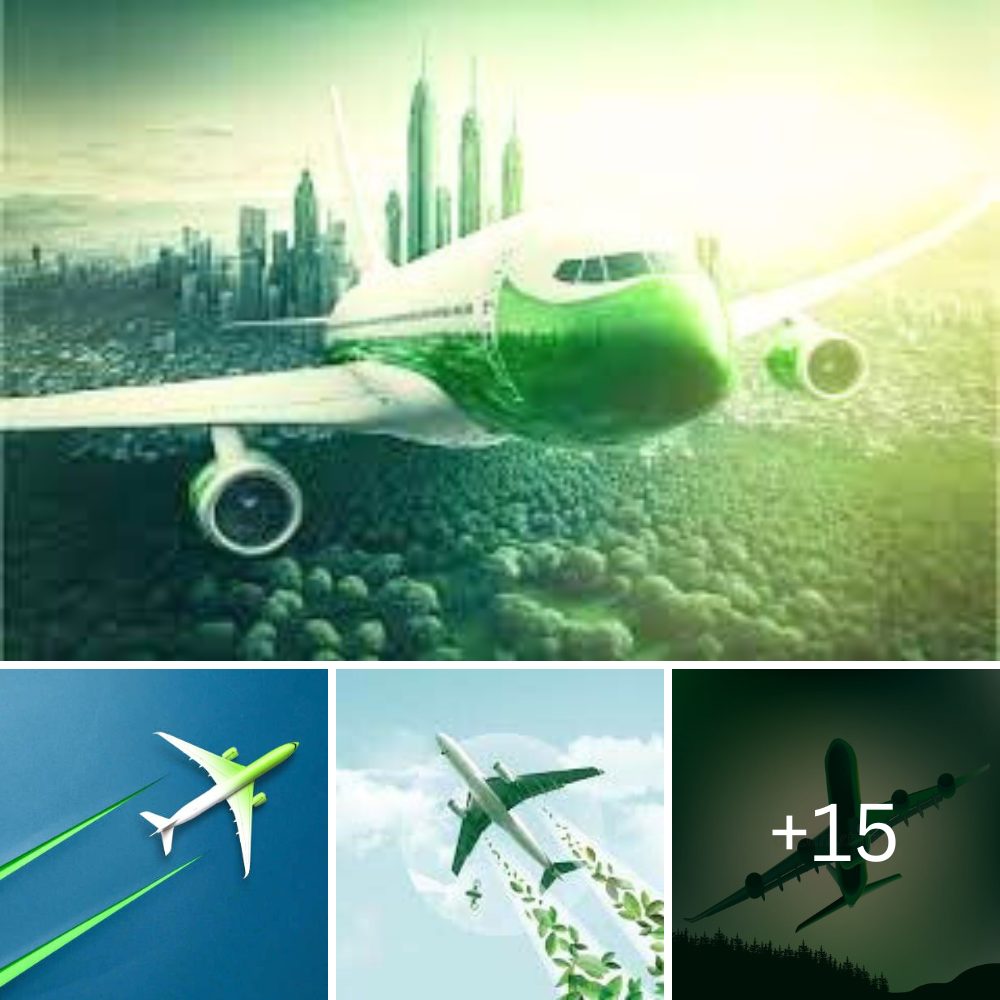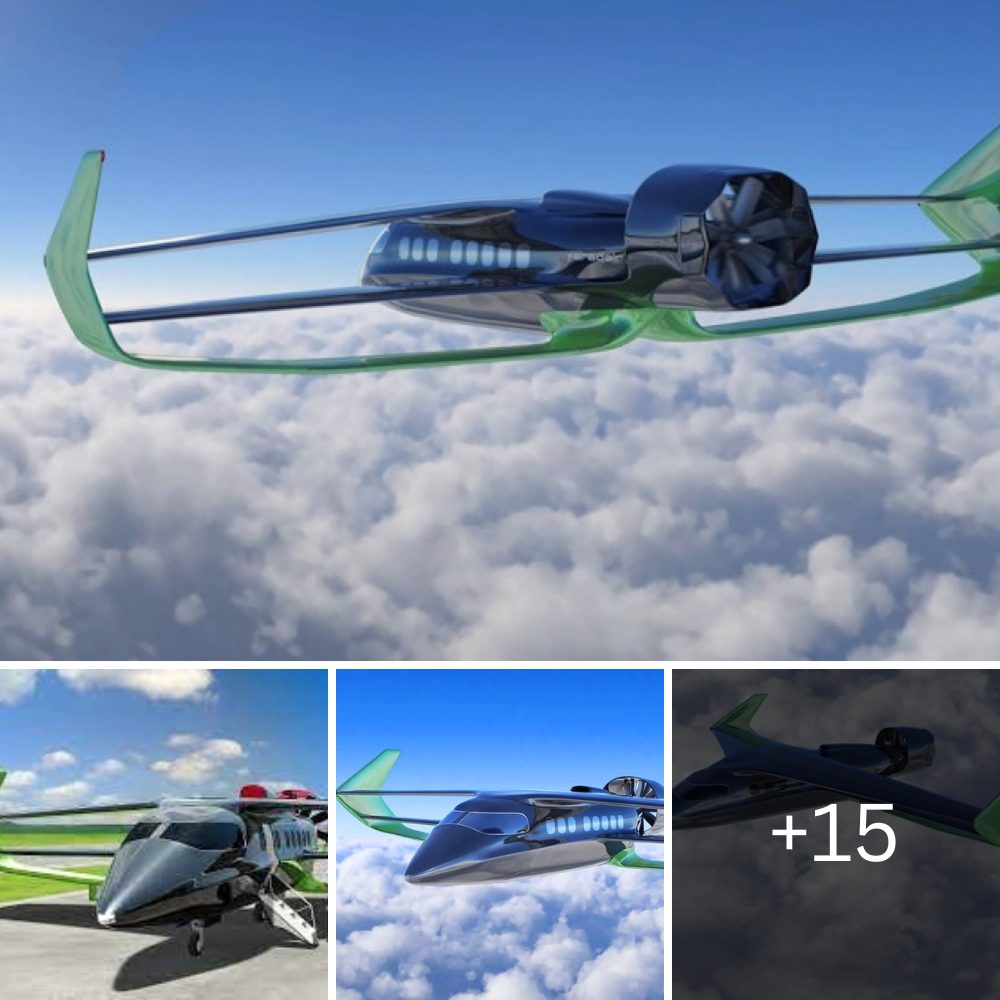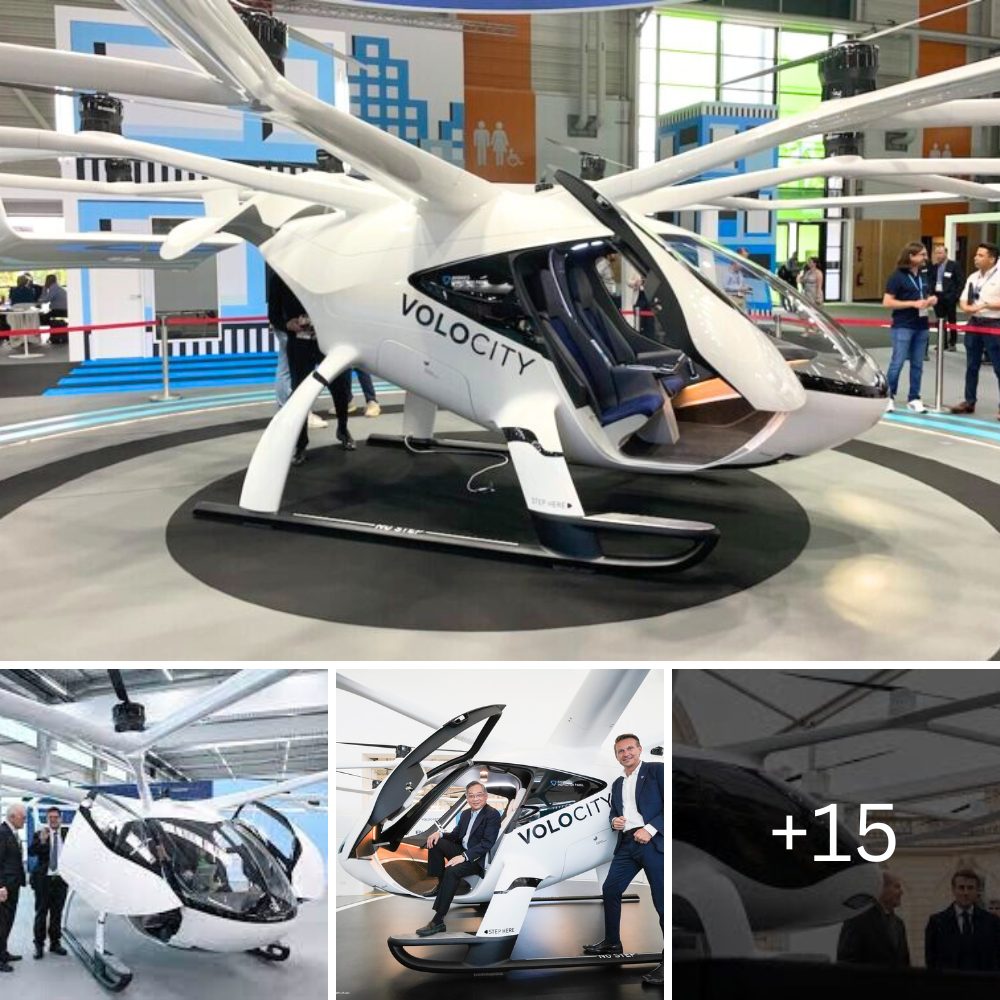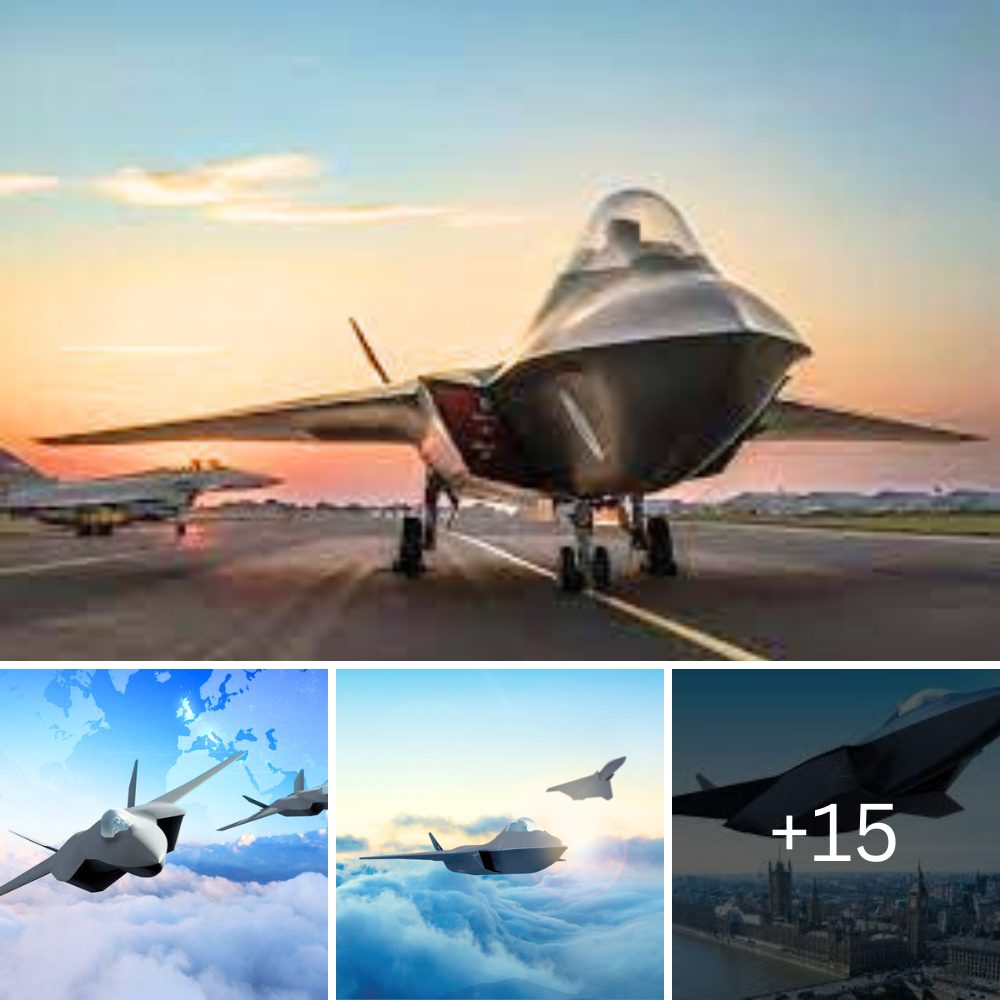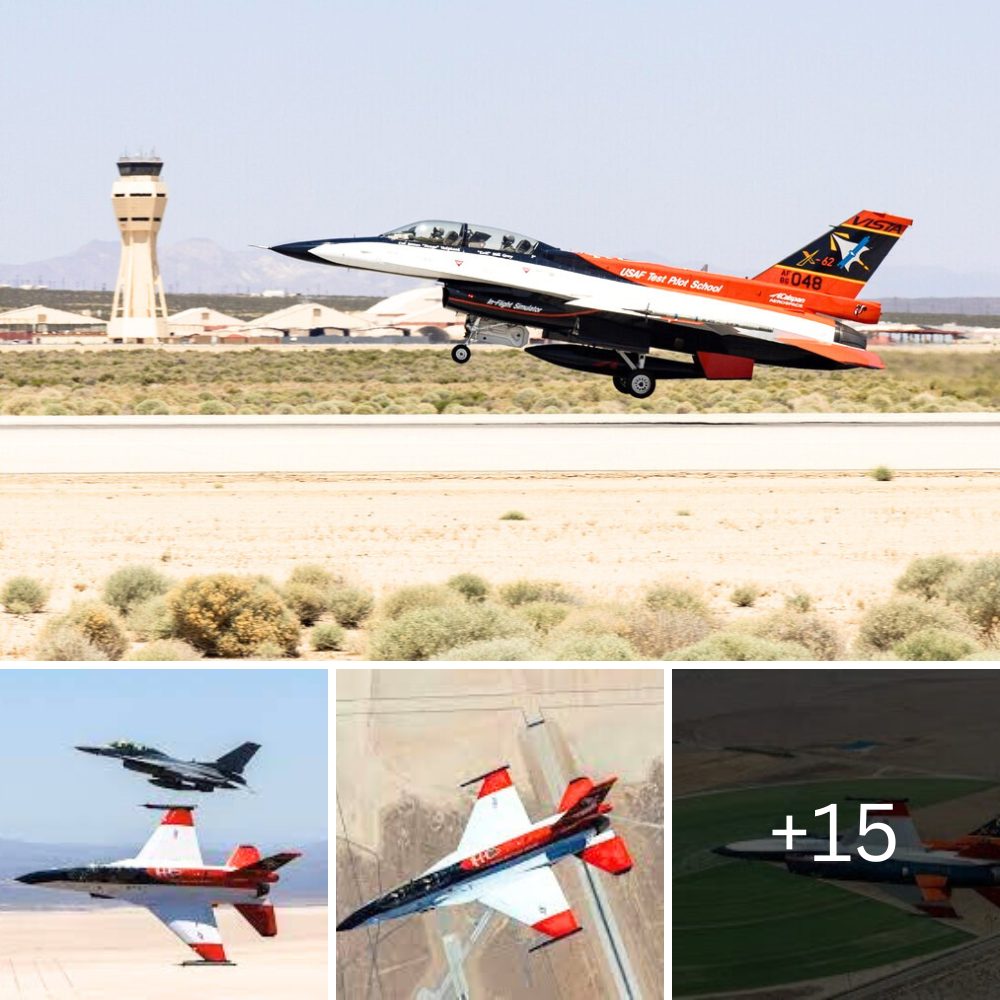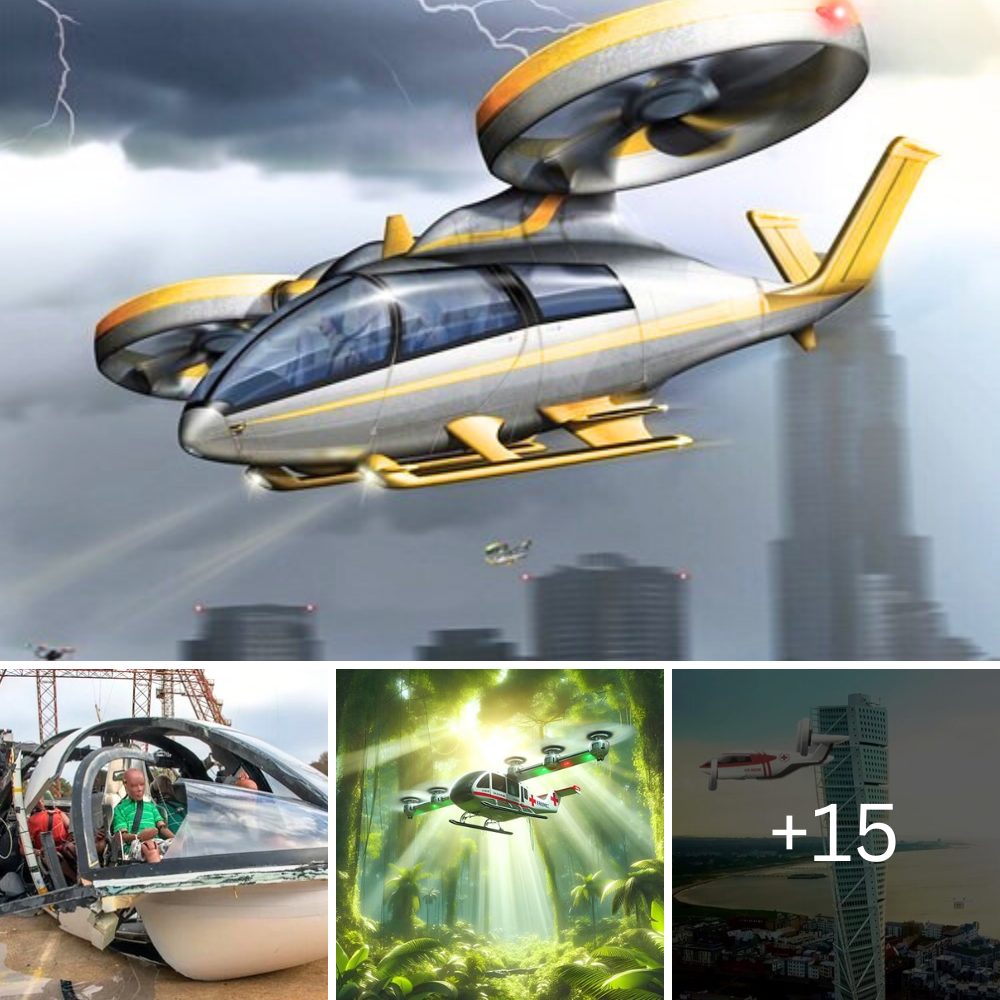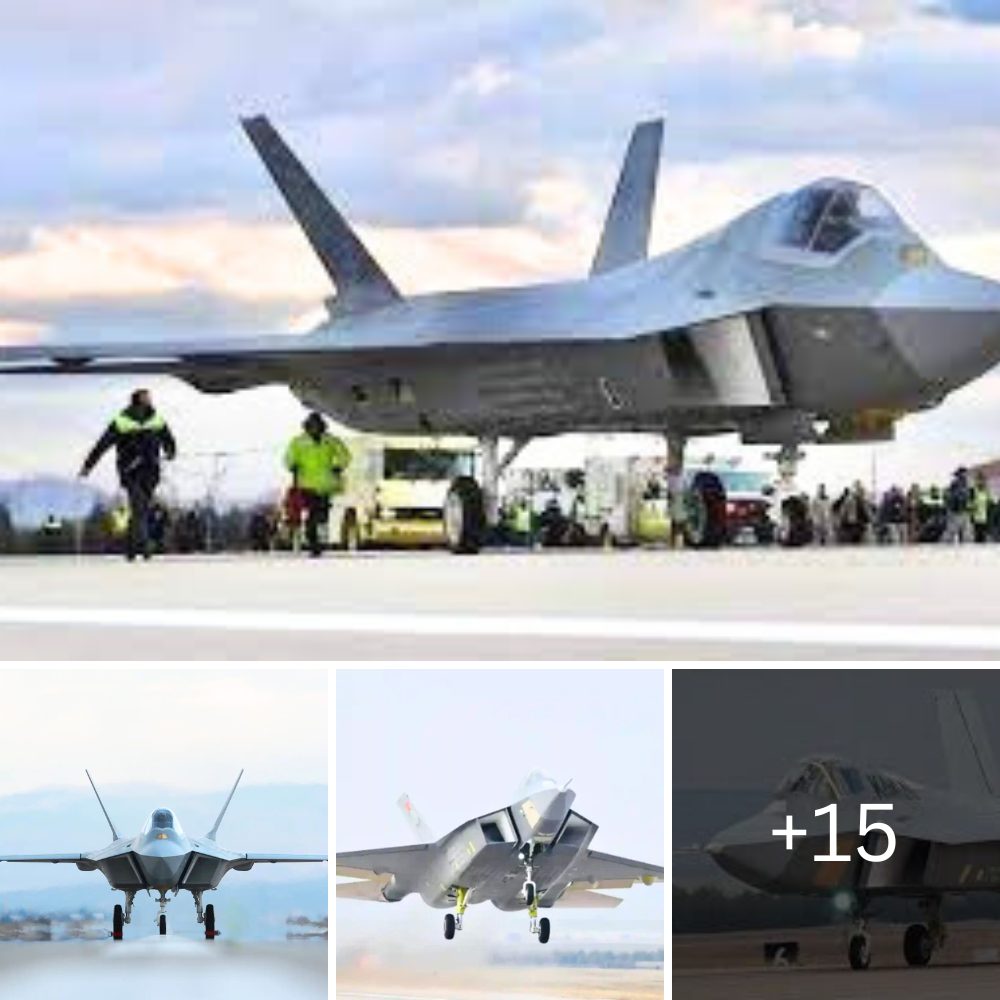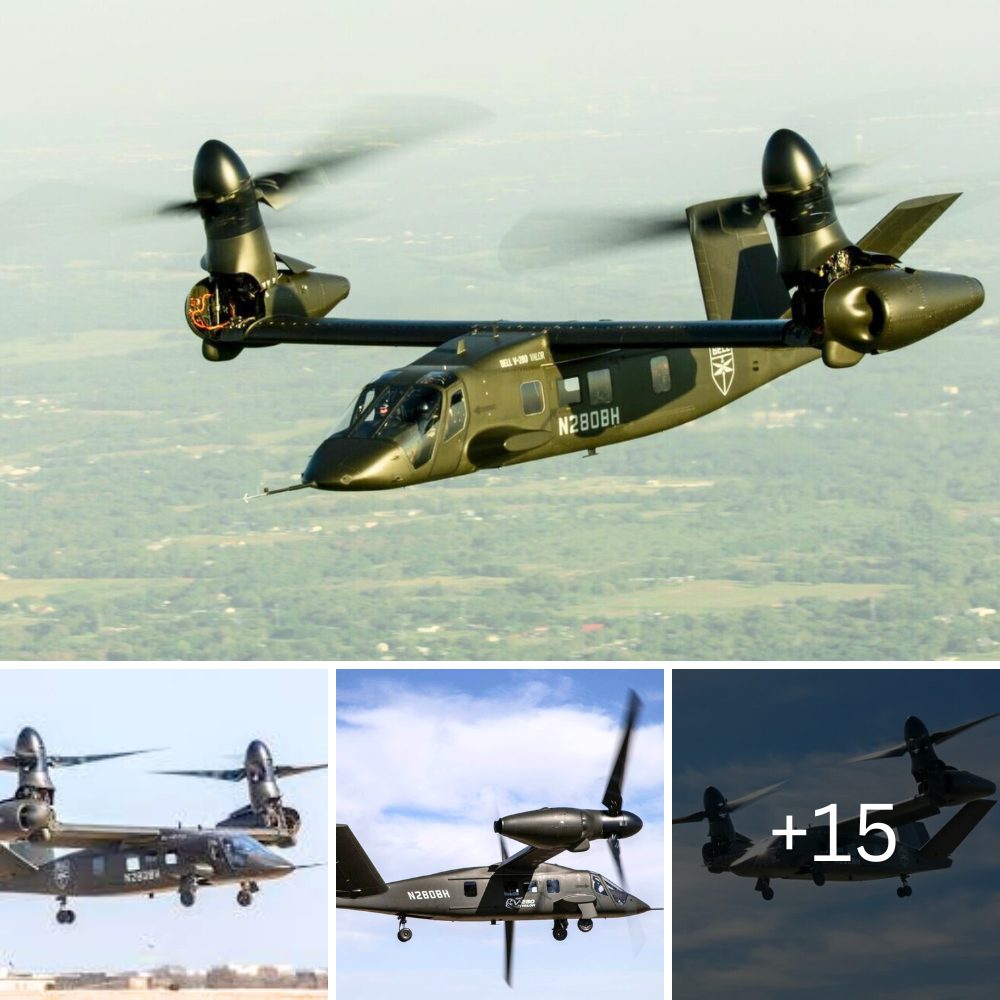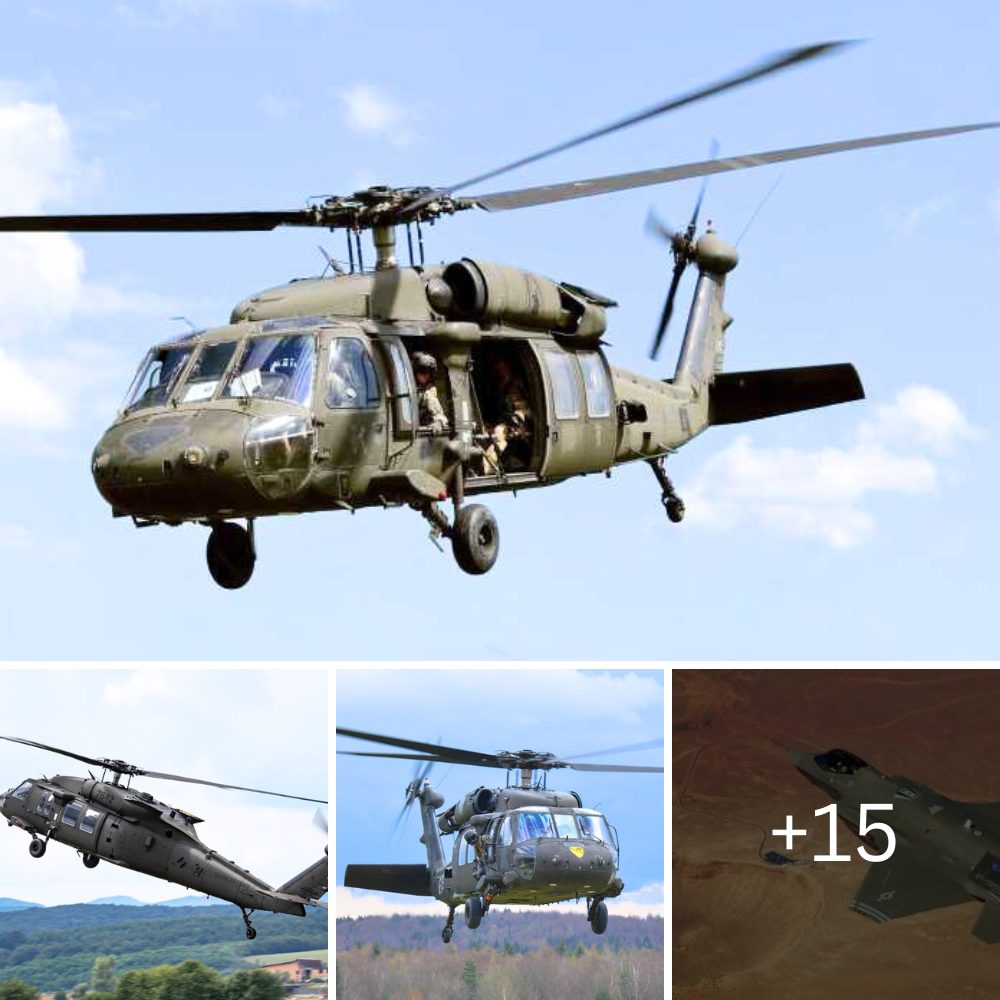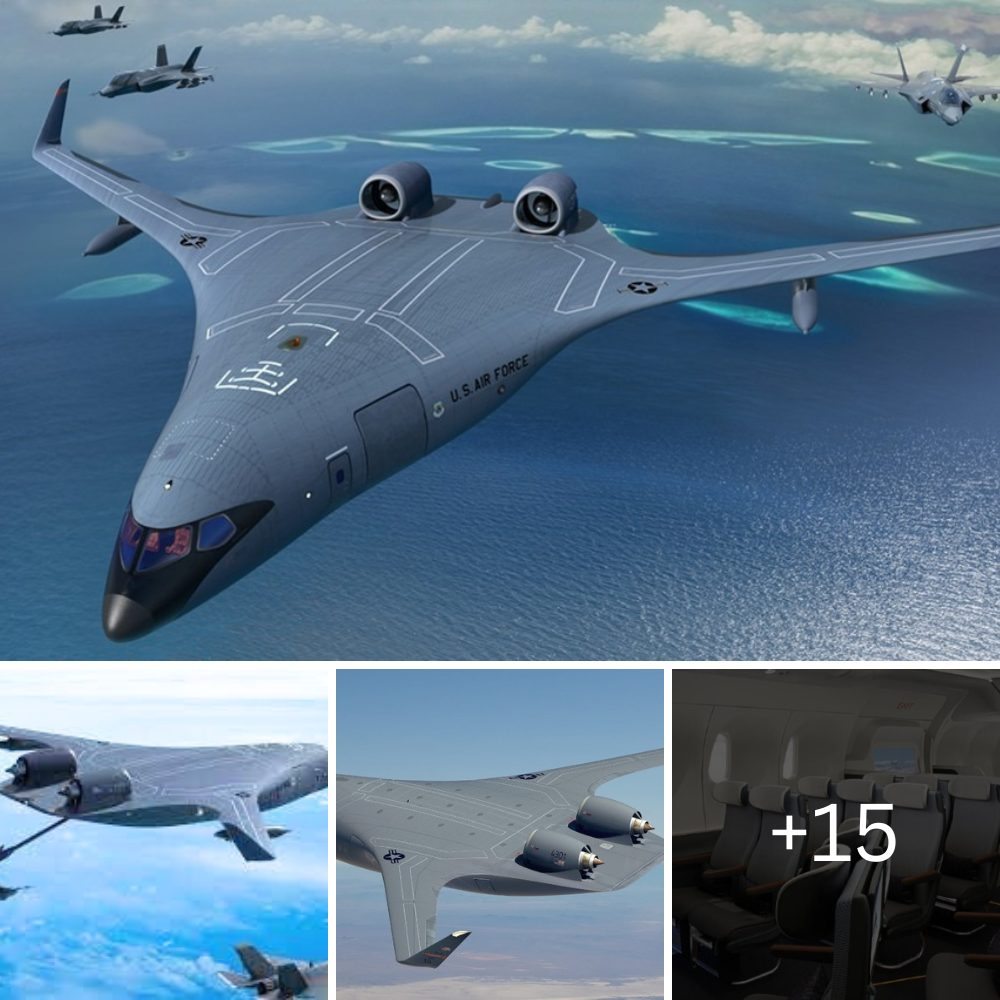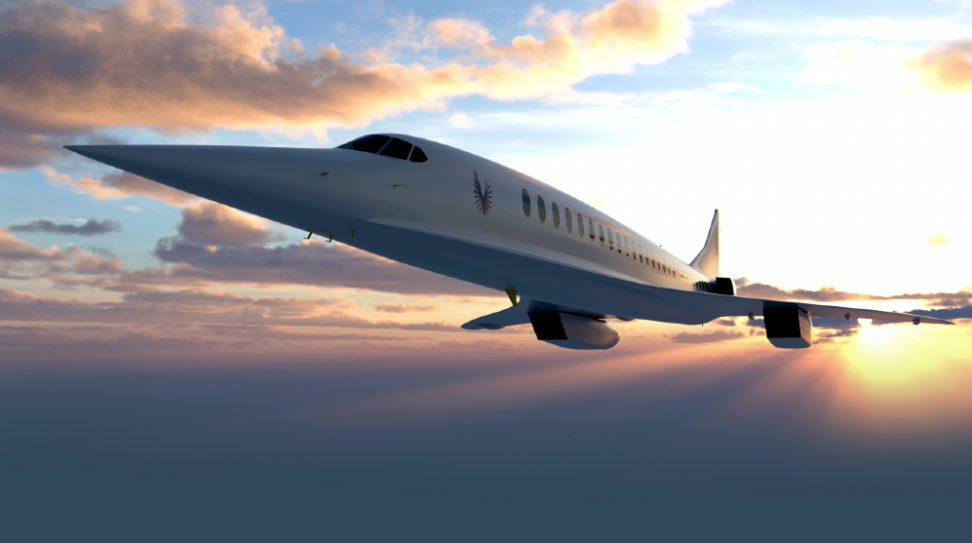
When United Airlines announced earlier this month that it had made a deal to purchase 15 airliners still under development from Denver-based Boom Supersonic, the airline became the latest entity to place a bet on one of aviation’s sexiest and most quixotic propositions; flight that is faster than the speed of sound and affordable to the masses.
Opinion is mixed on the feasibility of supersonic commercial flight in the near future. But one of the concept’s biggest boosters, Boom’s CEO, Blake Scholl, insists the goal is achievable. “We get as much speed as possible, for as many people as possible, to as many places as possible, as quickly as possible,” he told Robb Report.
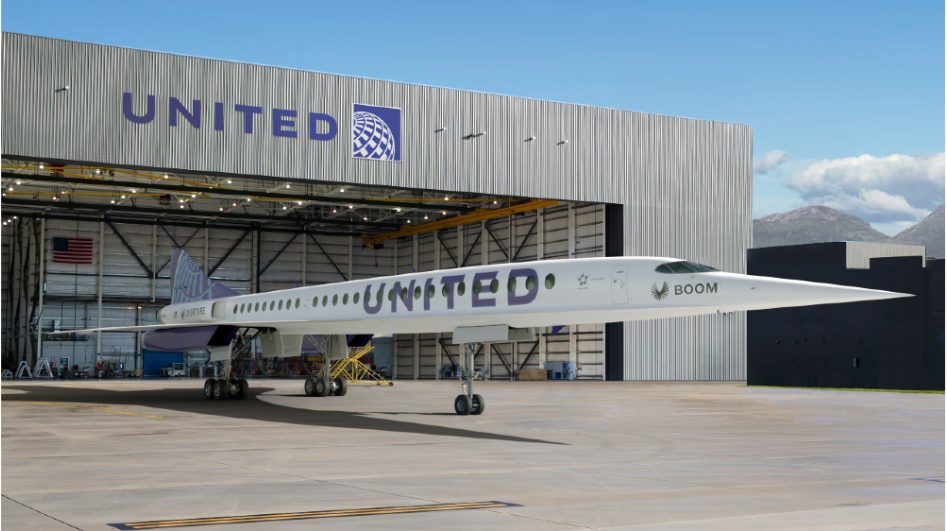
Scholl is enthusiastic because we’ve already been there. Boom’s demonstrator aircraft, the XB1, and its bigger sibling the commercial jetliner, Overture, are leveraging technology from the days of the Concorde, “rather than starting from scratch,” he said. Scholl expects the Overture to be certified by 2029 and take its first commercial flight in 2030.
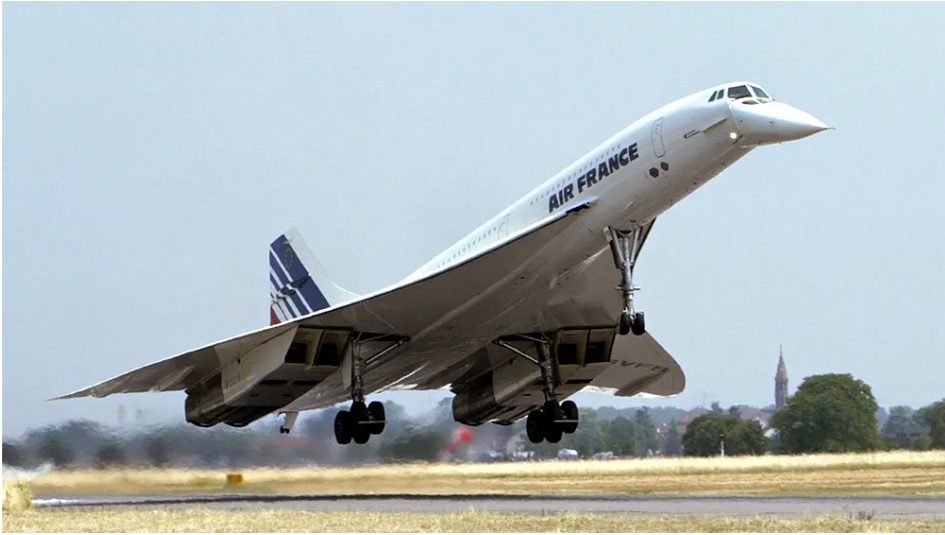
It was nearly half a century ago that British Airways and Air France flew the Concorde across the Atlantic in half the time of subsonic airliners. Fourteen of the droop-nosed, European-made SST’s continued in commercial service until 2003. Before the Concorde there was the Russian-built Tupeluv 144D. Two fatal crashes—one in 1973 at the Paris Air Show and another in Russia in 1978—spelled the end of that airplane. The few remaining are housed in museums where they still fuel a yearning to fly tomorrow on newer versions of these artifacts from the past.
If there is to be a new generation of supersonic jetliners, success is inextricably tied to how well their creators can navigate through the obstacles that plagued the Concorde.
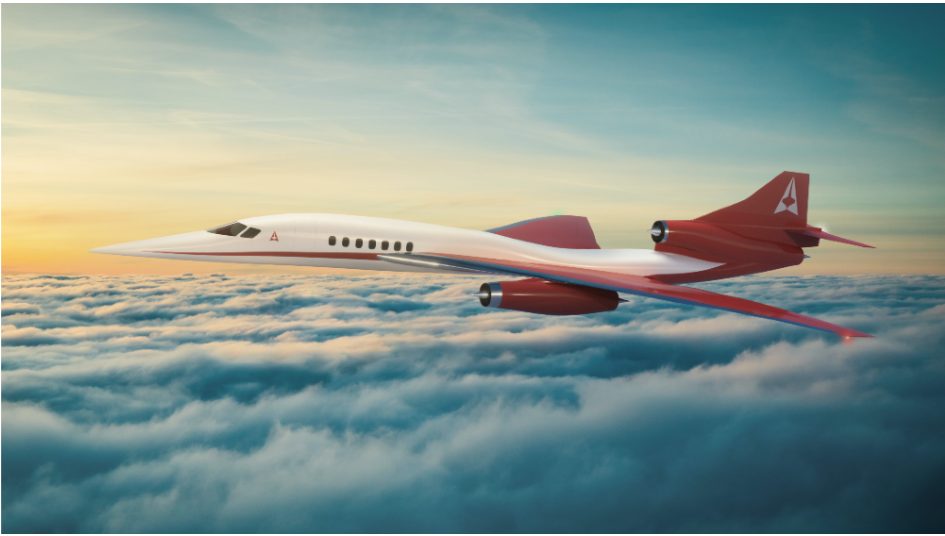
These include the sonic boom, the noise created at the speed of sound threshold (Mach 1.0 or 767 mph) which prevented supersonic flights over land. Then there is the copious fuel consumption and carbon emissions of supersonic flight. When weight is everything, the limited passenger-carrying capacity and scaled-down cabin interior could make it difficult to sell enough tickets to make SST flights profitable. Finally, there is the need for regulatory approval using standards that do not yet exist, from dozens of governments.
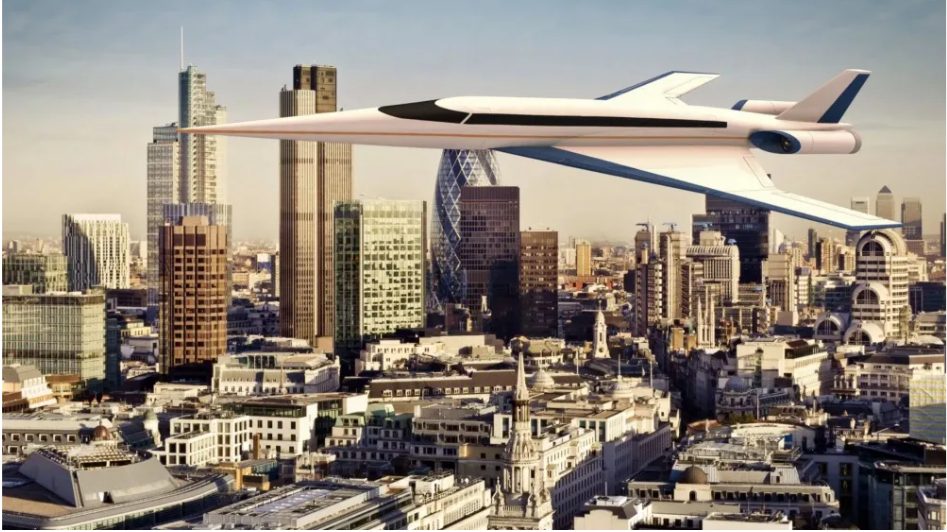
These issues populate the to-do lists of the SST engineers. Boom, with its plans for a 40- to 50-passenger airliner, touts its planned use of biofuels like sustainable aviation fuel, as does California’s Exosonic, with its 70-passenger jetliner. Boston-based Spike Aerospace is focusing on an 18-passenger business jet with a proprietary technology it claims will keep the sonic boom at the level of vacuum cleaner. It recently received FAA approval for limited testing of its design over land.
Norris Tie, CEO of Exosonic, says before his company produces its airliner, it will move incrementally towards refining its technology with a small research contract it has with the U.S. Air Force. It recently announced plans to develop an Air Force 2, a supersonic jet for the vice president and cabinet-level officials.
“That helped put our company on the map for supersonic aviation and benefited us by letting us grow, hire people and do wind-tunnel testing that’s been really helpful,” he said of the work being done on a supersonic government personnel aircraft.

